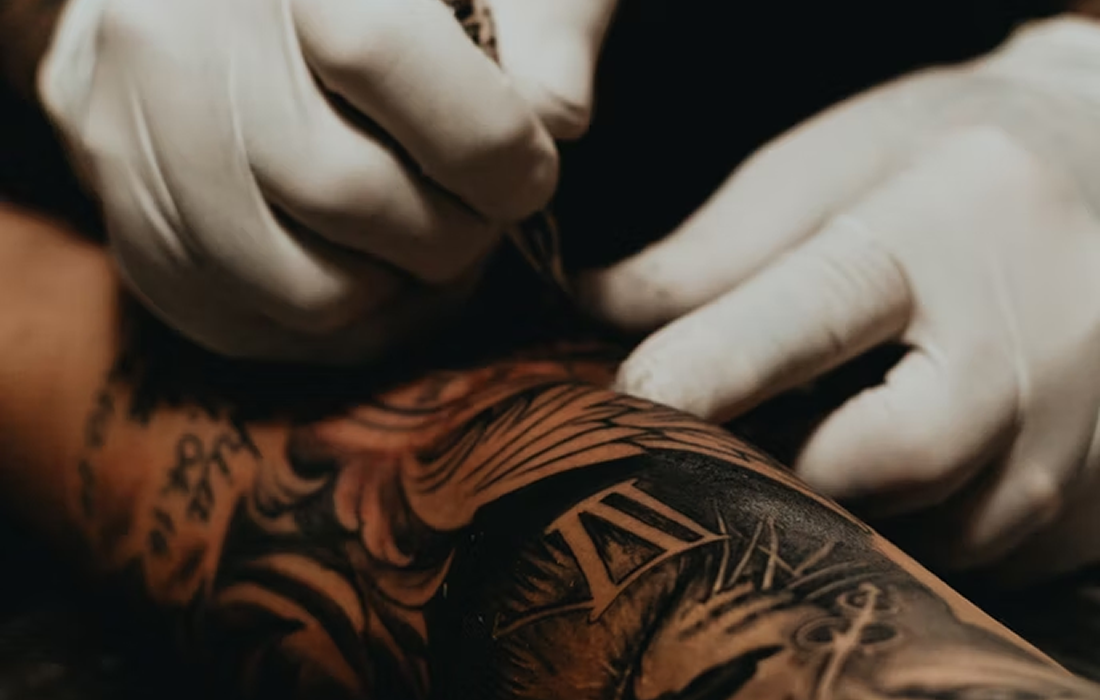Regenerative Medicine News and General Information
Temporary Tattoos with E-Technology as a Blood Pressure Ambulatory Monitoring
Continuous monitoring of arterial blood pressure (BP) in non-clinical (ambulatory) settings is essential for understanding numerous health conditions, including cardiovascular diseases.
Besides their importance in medical diagnosis, ambulatory BP monitoring platforms can advance disease correlation with individual behaviour, daily habits and lifestyle, potentially enabling analysis of root causes, prognosis and disease prevention.
Although conventional ambulatory BP devices exist, they are uncomfortable, bulky and intrusive, or you can go with a physician to check BP but at just one moment in the day, our BP can change with the activities that we do on a normal day.
How do health monitoring tattoos work?
Electronic tattoos for health monitoring are not completely new. John A. Rogers, PhD, of Northwestern University, Chicago, first put forth the idea of monitoring through temporary tattoos 12 years ago.
These tattoos work with Graphene, which is a carbon that’s similar to what’s inside your graphite pencil. This material is conductive, meaning it can conduct small electrical currents through the skin. For blood pressure monitoring, graphene promotes bioelectrical impedance analysis (BIA), which is like the technology used in smart scales that measure body fat.Once the graphene captures the raw data, a machine learning algorithm interprets the information and provides results in units used for measuring blood pressure: millimeters of mercury (mmHg).
How accurate are the results?
The tests measured blood pressure within 0.2 ± 5.8 mmHg (systolic), 0.2 ± 4.5 mmHg (diastolic), and 0.1 ± 5.3 mmHg (mean arterial pressure). That means good accuracy.The graphene e-tattoos can be worn on the skin for about a week – or roughly as long as the temporary tattoos.
So, when will this technology be available in the market?
Well the doctors who are studying about this, expect that these tattoos will be available in the next five years. They want this technology to be compatible with smartphones and smartwatches that use bluetooth technology.
Sources:
Roozbeh Jafari, Deji Akinwande, (June 20, 2022). Continuous cuffless monitoring of arterial blood pressure via graphene bioimpedance tattoos. Mdedge. Retrieved from: https://www.nature.com/articles/s41565-022-01145-w
Image:
Photo by Allef Vinicious on Unsplash

